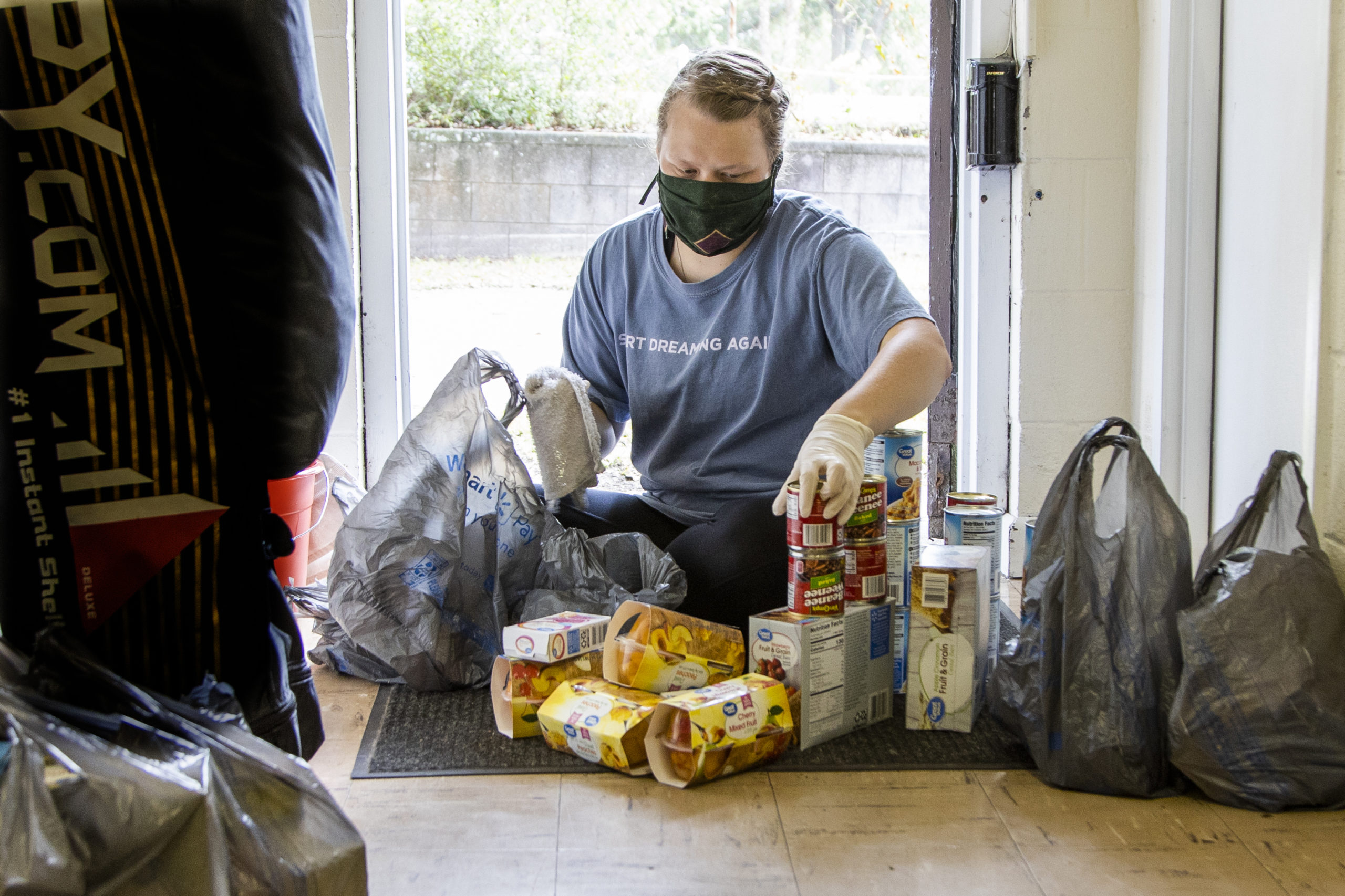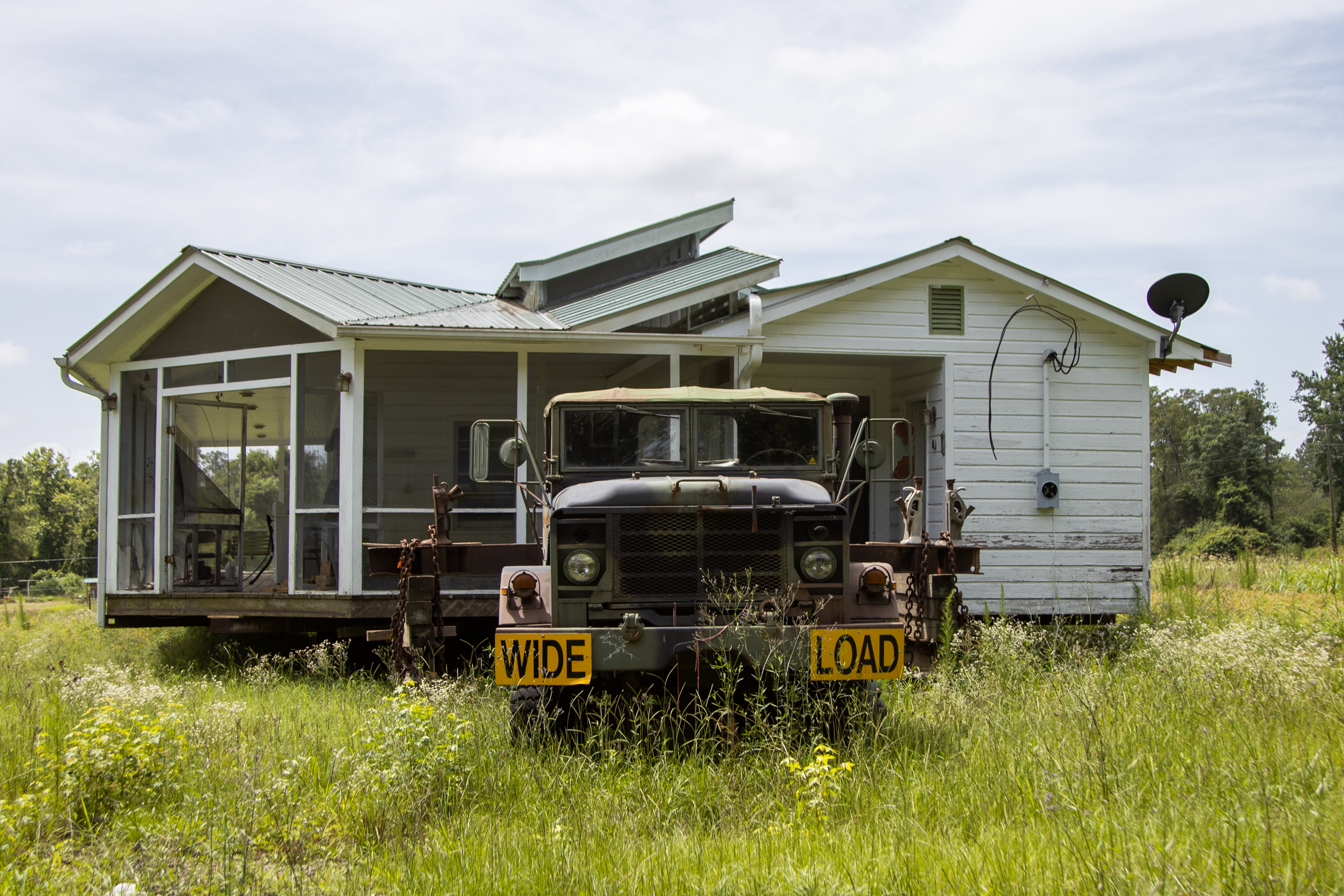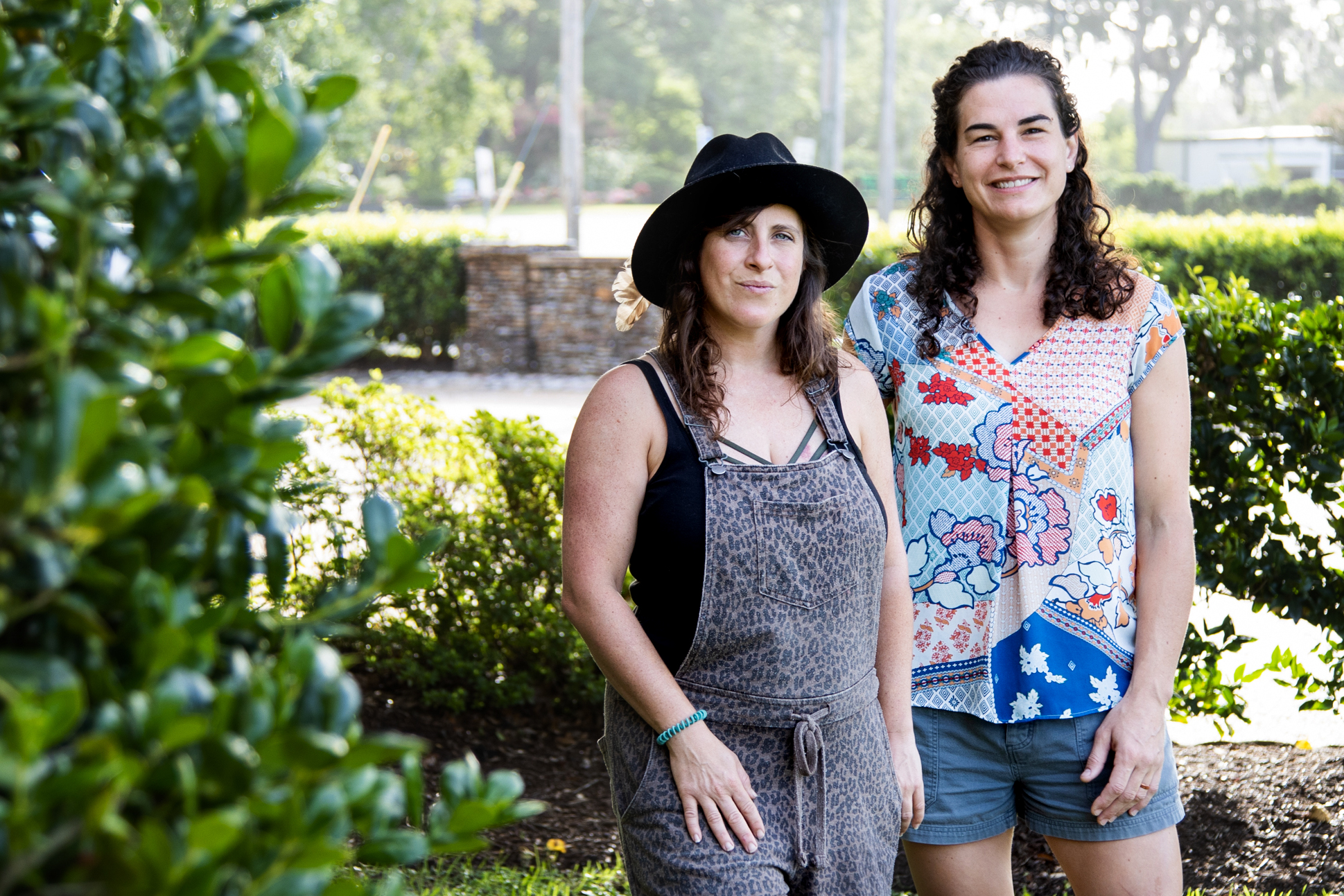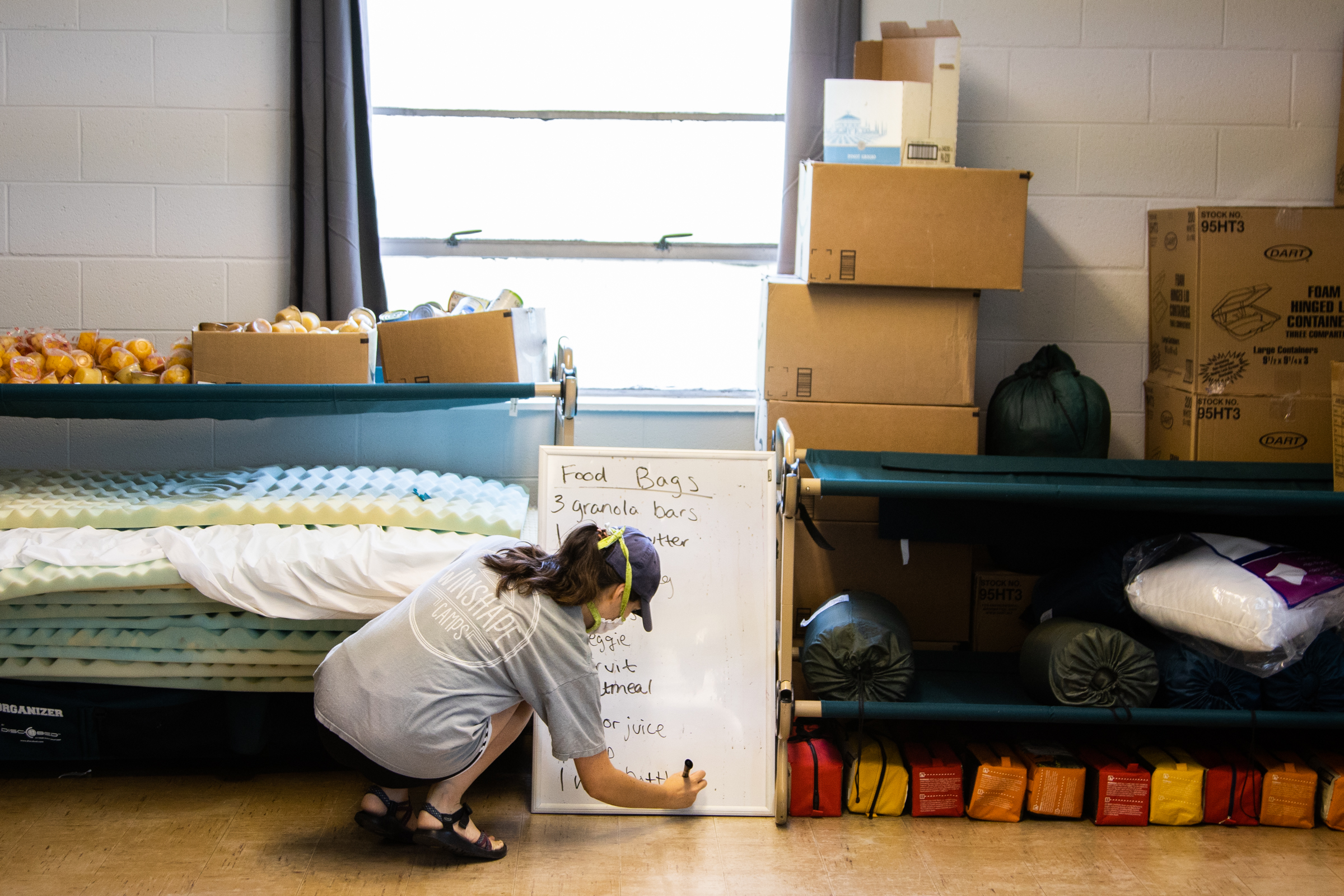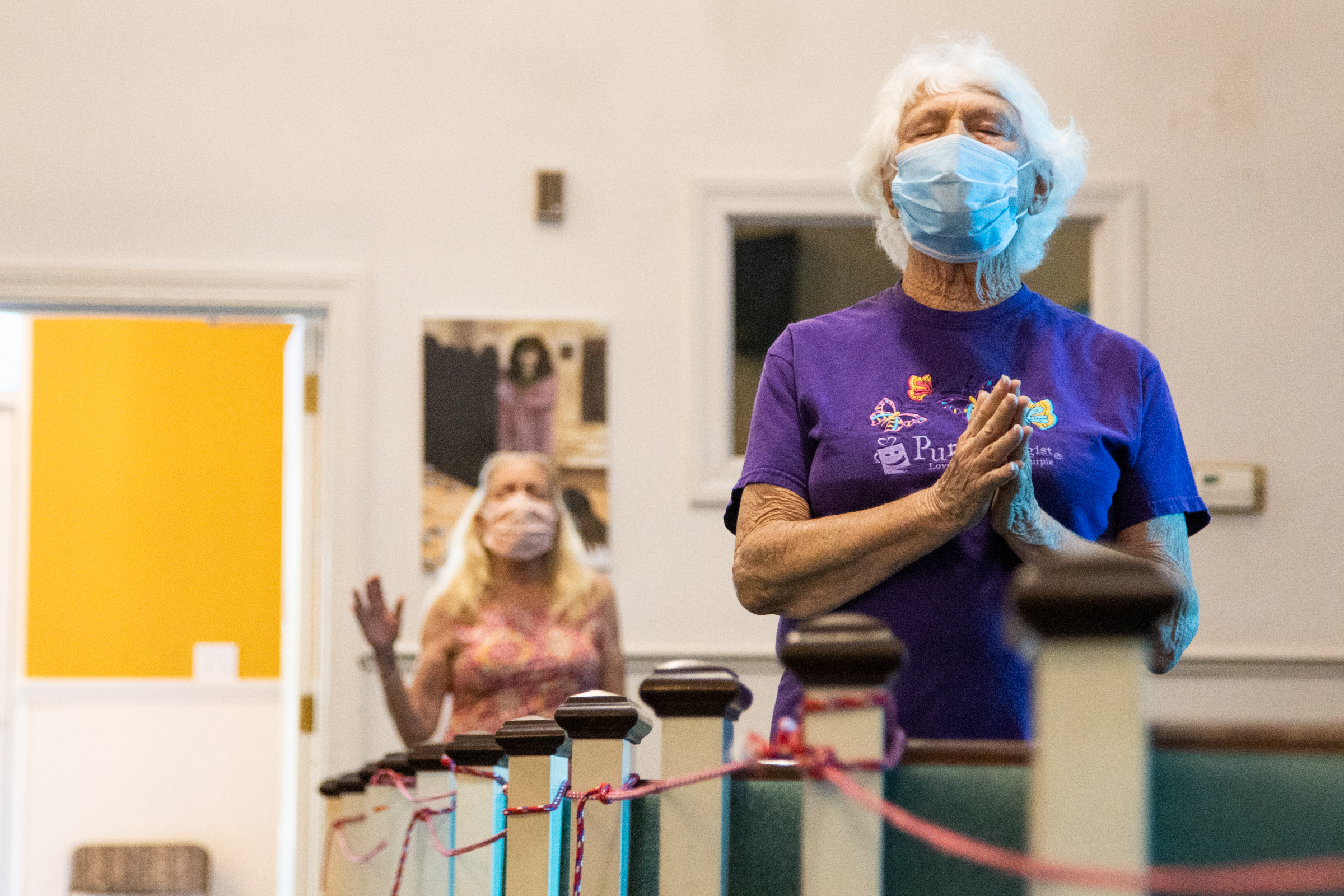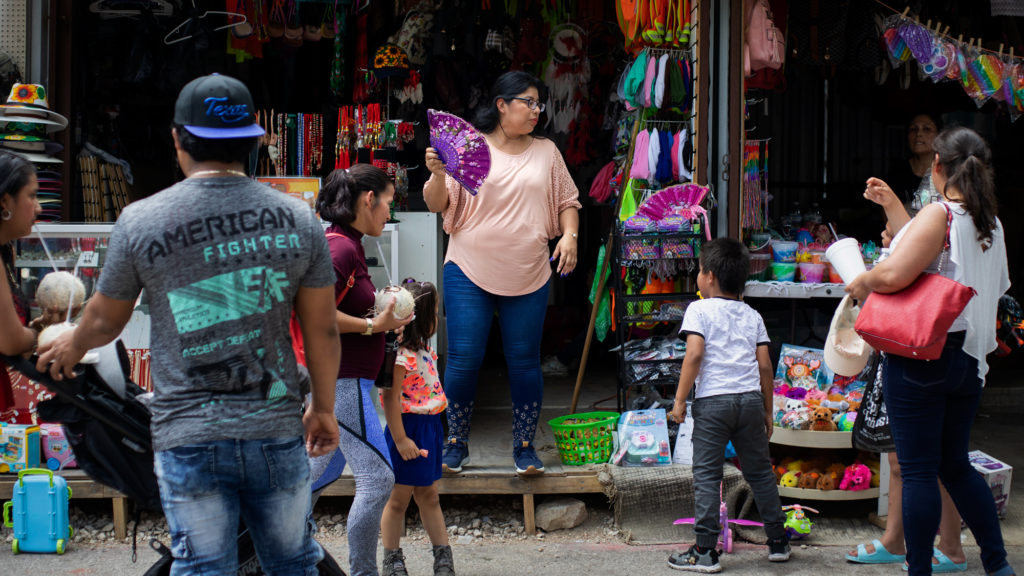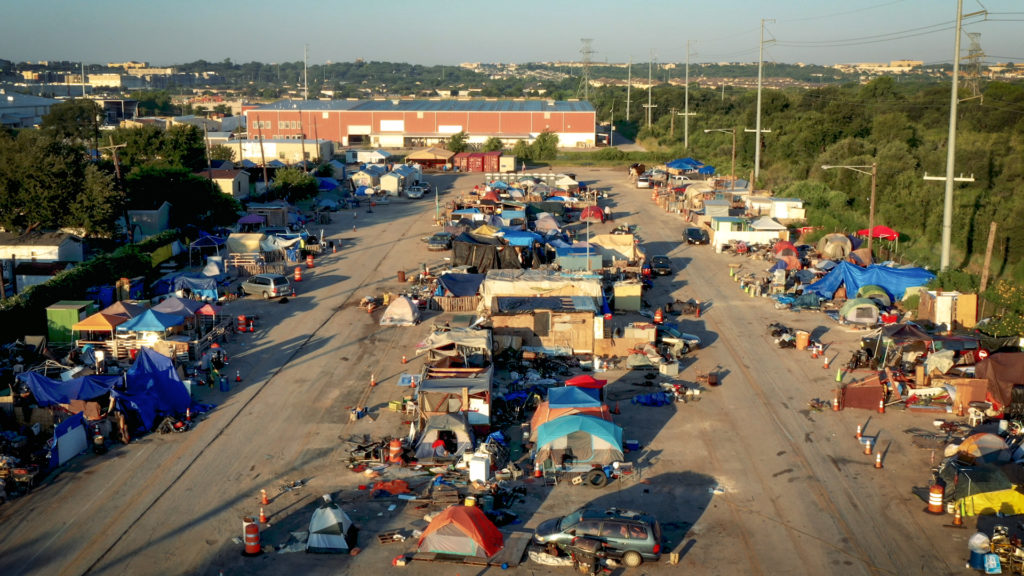A few weeks ago, when Tropical Storm Isaias developed into a Category 1 hurricane heading for North Carolina, Sarah Daniels was worried about more than potential storm damage — she was worried about how people would get fed.
As co-facilitator and founder of Cape Fear Food Council, Daniels has been working for the past several months with food relief organizations in her hometown of Wilmington to prepare for the possibility of a hurricane during a global pandemic. But when Tropical Storm Isaias developed, becoming the earliest ninth-named storm on record, no one was expecting a storm that size yet.
“We’ve been doing all this work in the last few months, and we’re just on the cusp of this new model for disaster-response. We’re just not quite there yet,” Daniels says. “So when this hurricane comes barreling towards us, we’re thinking, ‘Well, we’ll do what we did after Florence and we’ll be in a better position.’ [But] we’re not really ready to do it full-scale.”
It was just two years ago that Hurricane Florence wreaked havoc on both the Carolinas. The Category 4 hurricane caused catastrophic flooding that some in the region are still recovering from.
Daniels, who drove her 93-year-old grandmother to safety in a neighboring state, was in constant communication with food-relief organizations back home in the first few days of the storm’s aftermath. During that time, she watched another disaster unfold — emergency food distribution efforts in Wilmington were a mess.
“There was a lot of duplication,” Daniels says. “There was a lot of food waste. It was pretty much chaos.”
Kat Pohlman, sustainability coordinator at University North Carolina Wilmington and food council member, remembers seeing areas with no food services, and then areas with too much in one place. “While there were a lot of people in the area trying to provide food relief, there wasn’t communication between those organizations of where they were going or what they had,” says Pohlman, “So there was a lot of everyone talking to everyone every day, which after a hurricane, especially when you don’t have power and things like that, isn’t very efficient.”
So Daniels and other members of the food council organized a daily text update. If one organization had extra frozen chicken but nowhere to store it, for example, they could connect with someone who had refrigeration space. It was a simple but effective system, and one that became a central part of their current disaster preparations.
“We built the airplane while the disaster was happening,” Daniels says. “That’s never a good time to be building something. So what we’re saying is, ‘Let’s build the plan well before the hurricane happens. Let’s let the community know what the plan is. Let’s figure out what our gaps are. And maybe people will actually get service in an equitable way, which is really the goal.”
Since Hurricane Florence, Daniels and co-facilitator Marie Davis have grown the grassroots food council to include more leaders in the food-access community. Even though it’s nearly full-time work, neither Daniels nor Davis is paid — the food council is entirely volunteer-run at this point.
North Carolina ranks 10th in the country in terms of food insecurity, a statistic that food councils across the state are working to combat. Food councils include representatives from all facets of food within a community — the people growing and selling food, individual consumers, food-relief organizations, and even food waste operators. Together, they advocate on policy issues, but also serve as a central connection point between the various pieces that make up a region’s food system.
The Cape Fear Food Council brings together the many different voices of the people interested in food access in New Hanover and Brunsick counties, an area in the Cape Fear region along the Atlantic coast of North Carolina. They have been working on disaster preparedness for the area since Hurricane Florence. Now that preparation must include safety measures to protect against the dangers of a global pandemic.
“We had never, ever done direct food assistance, coordination, or disaster-response work before Hurricane Florence,” says Daniels. “And really, Hurricane Florence was us just dipping our toe in the water. COVID has been our first actual concerted effort at this.”
Since the COVID-19 pandemic, Daniels has been leading a biweekly conference call for members to coordinate their efforts. It includes local farmers, leaders of food-access nonprofits, government representatives, small businesses, and faith-based organizations.
“It’s the most organized phone call I get to participate in,” says Laura Bullock, who is outreach coordinator for Vigilant Hope, a faith-based nonprofit that operates in an underserved area of south Wilmington that is also a food desert.
“We don’t consider ourselves food experts, but we work with people who are very food insecure,” says Bullock. “We do a lot of listening to other voices at that table, people who are thinking creatively about getting fresh food into food deserts, people who know how to develop a food co-op or connect with local government.”
Sarah Grace Moxley-White fills out a white board with food items available for distribution at Vigilant Hope during a weekly clothing and food distribution event. The faith-based organization is deeply embedded in the community they serve, many of whom are people experiencing homelessness. [Photo by Kelly West]
Bullock remembers how isolated her organization felt during Florence. Located in an area south of downtown, far away from the majority of emergency services, Bullock says the organization had fewer relationships, helpers, and resources after the storm. “I feel way more prepared [for a disaster] now.”
Beyond relationship-building, the group is also looking at resource mapping, or building a survey of the spaces and resources that would be available in the aftermath of a hurricane.
“We’re asking questions we probably would not have asked if we started a needs assessment six months ago,” says Leah Mayo, who is a coordinator for the Center for Healthy Communities at the University of North Carolina Wilmington. “How do we set up these feeding sites so that there’s social distancing? A place that was a good location during Florence may not be feasible anymore because the space isn’t large enough to spread people out.”
The food council is building out a map of different resource hubs — all walkable, because the streets may be flooded or blocked — where people in 12-block neighborhoods will know where to go for resources and emergency assistance. They’re also organizing socially distanced resource fairs at some locations, so people in the community know where to go and organizations can practice distributing resources with social-distancing measures in place.
The group also anticipates a spike in the demand for PPE, but figuring out where to store it raises another set of questions.
“We’d love to have stuff stashed locally for easy access,” says Daniels, “and that way, if it survives the storm, it’s right here and ready to go. But if not, have a larger cache somewhere inland that can be helicoptered in by the state if necessary. Because, ultimately, we don’t know where a hurricane is going to hit.”
Many churches and faith-based organizations in Wilmington provide food relief, even in small ways. Joan Bozeman, right, worships at the Church of St. Peter the Fisherman, which has a congregation of only about 30 people. Bozeman started a sandwich ministry to provide a meal to people lacking food access in the community. Bozeman has ridden out several hurricanes in Wilmington, including Hurricanes Bertha and Fran in 1996. [Photo by Kelly West]
For those who lived through Hurricane Florence and are part of the food council’s disaster-planning efforts, the changes are tangible and significant. Bullock feels more confident going into this storm season than ever before.
“It’s a different world,” says Bullock. “We know what to do as soon as the rain stops. We know who to call if we’re in trouble. It totally changes the way we’re approaching the storm.”
Isaias barely missed Wilmington, but neighboring Brunswick County was hit hard, and the area overall experienced significant power outages. Daniels is currently applying for funding to support a paid position for the food council, so more work can happen quickly.
She sees a small silver lining to Isaias, which was more than a close call for her community. “A direct hit from a Category 1 hurricane in our region makes people sort of wake up. And when you see the forecast for the rest of the season, which is a very high chance of a significantly more active hurricane season than the average year… This is the kick in the teeth that people need to realize how important this work really is.”

